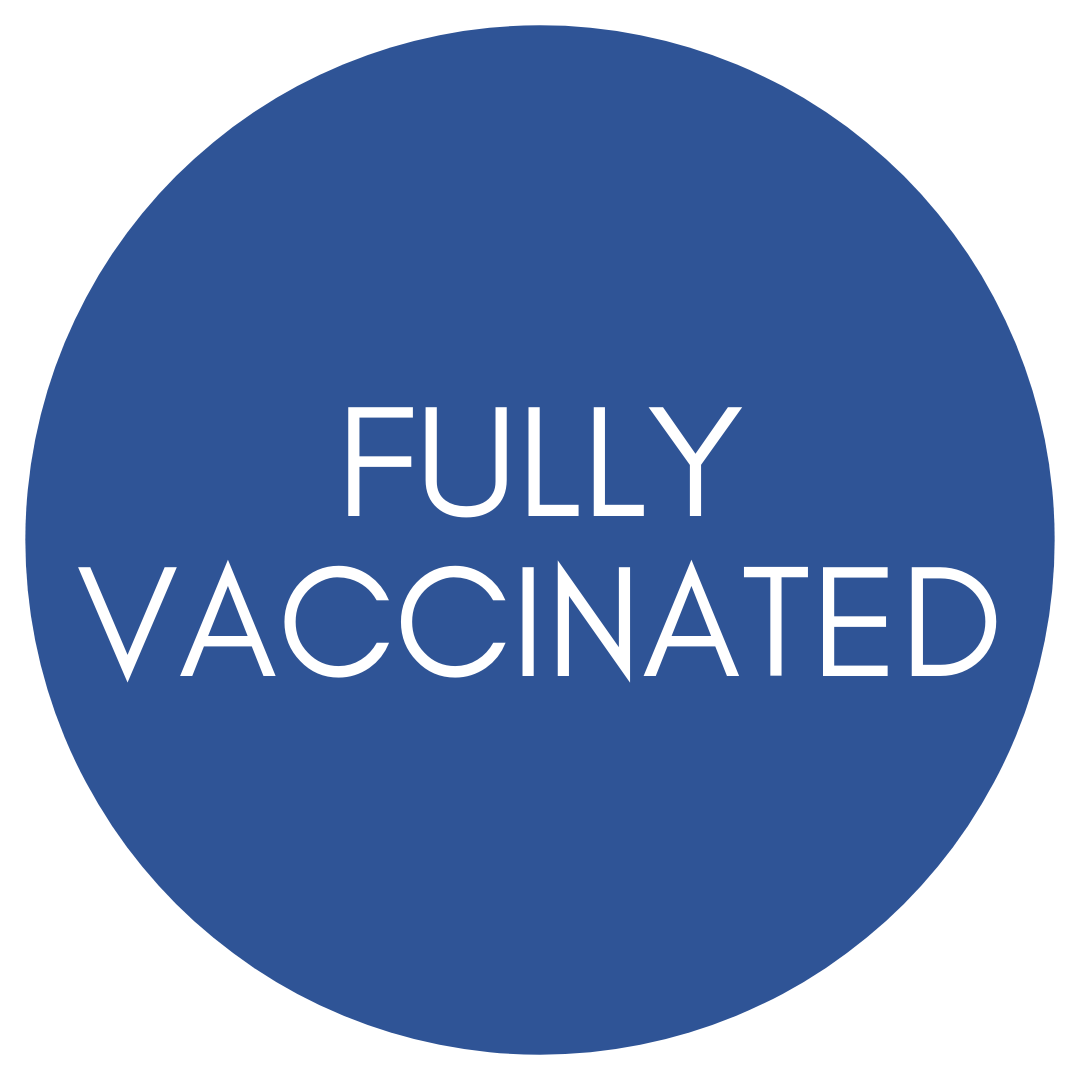Lymphedema is a problem that may occur after cancer surgery when lymph nodes are removed. Lymphedema can occur months or years after treatment. It’s a chronic (ongoing) condition that has no cure. Self management steps can be taken to help keep it from starting, to reduce or relieve symptoms. If left untreated, lymphedema can get worse. Getting treatment right away can lower your risk of infections and complications.
Clinic Study- A new indocyanine green fluorescence lymphography protocol for identification of the lymphatic drainage pathway for patients with breast cancer-related lymphoedema.
Hiroo Suami1* , Asha Heydon-White1, Helen Mackie1,2, Sharon Czerniec1, Louise Koelmeyer1 and John Boyages1
MDACC ICG Stage 2 or 3 lymphoedema and occurred in 52-55% of patients respectively. It was apparent that sternal and contralateral pathway groups were found in Stage 4 lymphoedema
| Mdacc stage | no | Ipsilateral axilla | Clavicular | Parasternal | Contralateral axilla | Ipsilateral Inguinal | Unknown |
| 1 | 19 | 95% | 21% | 5% | 0% | 0% | 0% |
| 2 | 46 | 61% | 52% | 7% | 2% | 0% | 0% |
| 3 | 20 | 70% | 55% | 5% | 5% | 0% | 0% |
| 4 | 18 | 50% | 17% | 17% | 17% | 0% | 11% |
| total | 103 | 67% | 41% | 8% | 5% | 0% | 11% |




Skin care try not to have vitamin e in the cream as this will damage the garments. Its best to look for these ingredients with glycerol, hyalronic acid, ceramide, glycerin and paraffin. Best to avoid – parabens, fragrances, sodium lauryl sulphate and lanolin.
Exercise- move every day and try to do more everyday and do aerobic and resistive exercise.
MLD- when draining dermal back flow and the lymph is moving through the capillary system a firmer stroke is needed.
SIPC pump for self massage at home.




 treatment, first over the phone and then in person. All effort is being made to maintain absolute hygiene in the clinic. To ensure this, new practices are now implemented for the clinic and clients.
treatment, first over the phone and then in person. All effort is being made to maintain absolute hygiene in the clinic. To ensure this, new practices are now implemented for the clinic and clients.